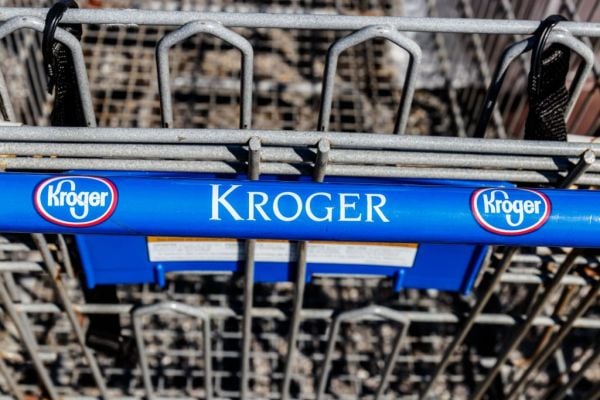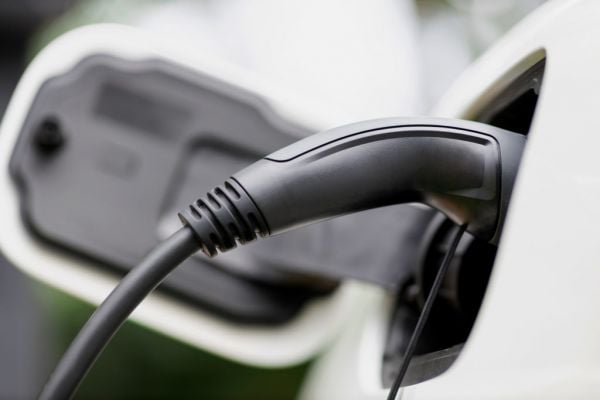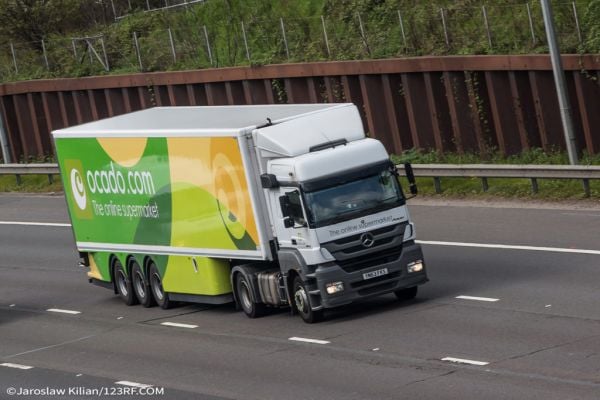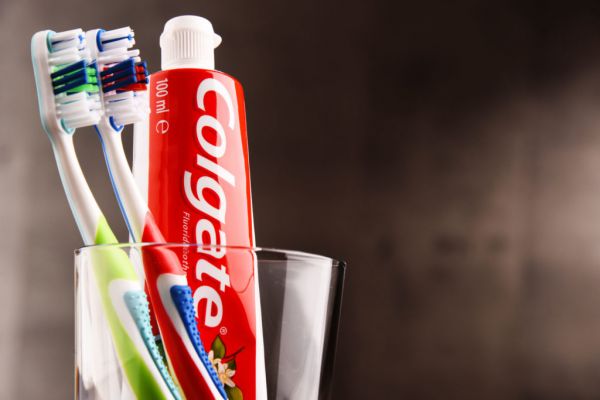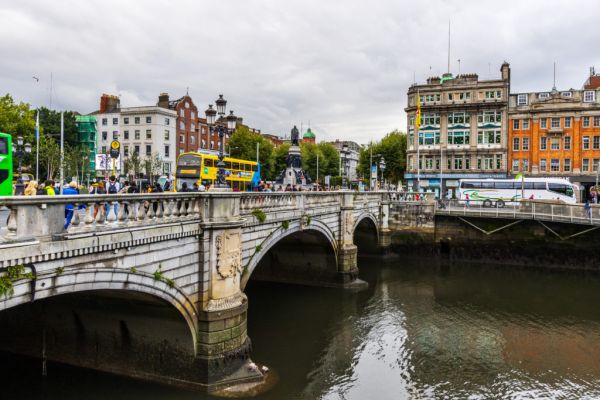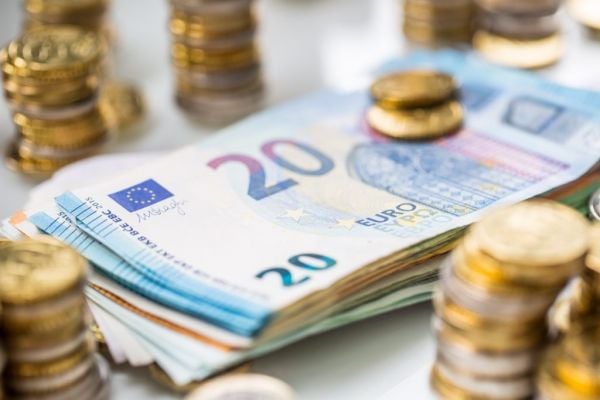Next generation barcodes offer new levels of reliable information, for the benefit of consumers, patients, businesses and the planet.
There is a reason the BBC has called the barcode 'one of the 50 things that made the modern economy'.
Since its creation in 1973, this humble—yet powerful—symbol is now on over 1 billion products globally, and the “beep” at the checkout is instantly recognisable around the world.
The barcode forever changed the way we shop. All barcodes may look the same, but the power lies inside.
Thanks to GS1 global standards and the unique number present in all GS1 barcodes (GTIN) a simple scan connects a physical product to digital information that flows seamlessly across the supply chain.
50th Anniversary
From farm to store, barcodes—and the data behind them—enable more resilient and transparent supply chains.
“As the barcode turns 50, next generation barcodes, such as two-dimensional QR codes powered by GS1 or GS1 DataMatrix, promise to once again change our lives in new ways. These new codes can capture unprecedented amounts of trusted data for businesses, regulators, consumers, and patients alike, offering much more than just links to webpages.
They can tell a product’s 'story', where it comes from, if it contains allergens, is organic, how it can be recycled — and what its environmental footprint is. This new level of transparency will ultimately help people make smart decisions about what they buy and use,” commented Mike Byrne, CEO, GS1 Ireland.
To usher in this new reality, GS1 is actively collaborating with industry leaders and regulators to deploy next generation barcodes around the world. By transitioning to a next generation of barcodes powered by GS1, we will put this technology at the service of efficient trade, more sustainable consumer shopping and patient safety.
Global Initiative
At the end of 2020, GS1 launched a global initiative to transition from traditional to next generation barcodes together with key players in the retail sector, and today there are over 20 countries that have already started successful pilots – including in Ireland.
Recognising the digital transformation taking place across all industry sectors, Mike Byrne, added,“There are a number of different types of next generation barcodes currently in use across industries. The two most widely recognised are QR codes powered by GS1 and GS1 DataMatrix codes which can both be used to store the Global Trade Item Number (GTIN) as well as information ranging from expiry dates and serial numbers to batch and lot numbers.
These second-generation codes can also extend a product’s packaging, acting as a gateway to consumer information online such as allergens and nutrition, sustainability information, recipes or usage instructions.
Of note, the GS1 DataMatrix is already widely adopted in the Healthcare industry and you can read more about this here.
GS1, the organisation behind the barcode, has evolved over the last five decades to where it is now present in 116 countries with a mission to support all businesses and organisations of all sizes as they take their digital transformation journey to the next level, ultimately benefiting consumers and patients.
GS1 Ireland is the only organisation authorised to allocate and administer GS1 barcode numbers in Ireland.
© 2023 Checkout – your source for the latest Irish retail news. Commercial Content. For more technology news, click here. Click subscribe to sign up for the Checkout print edition.


